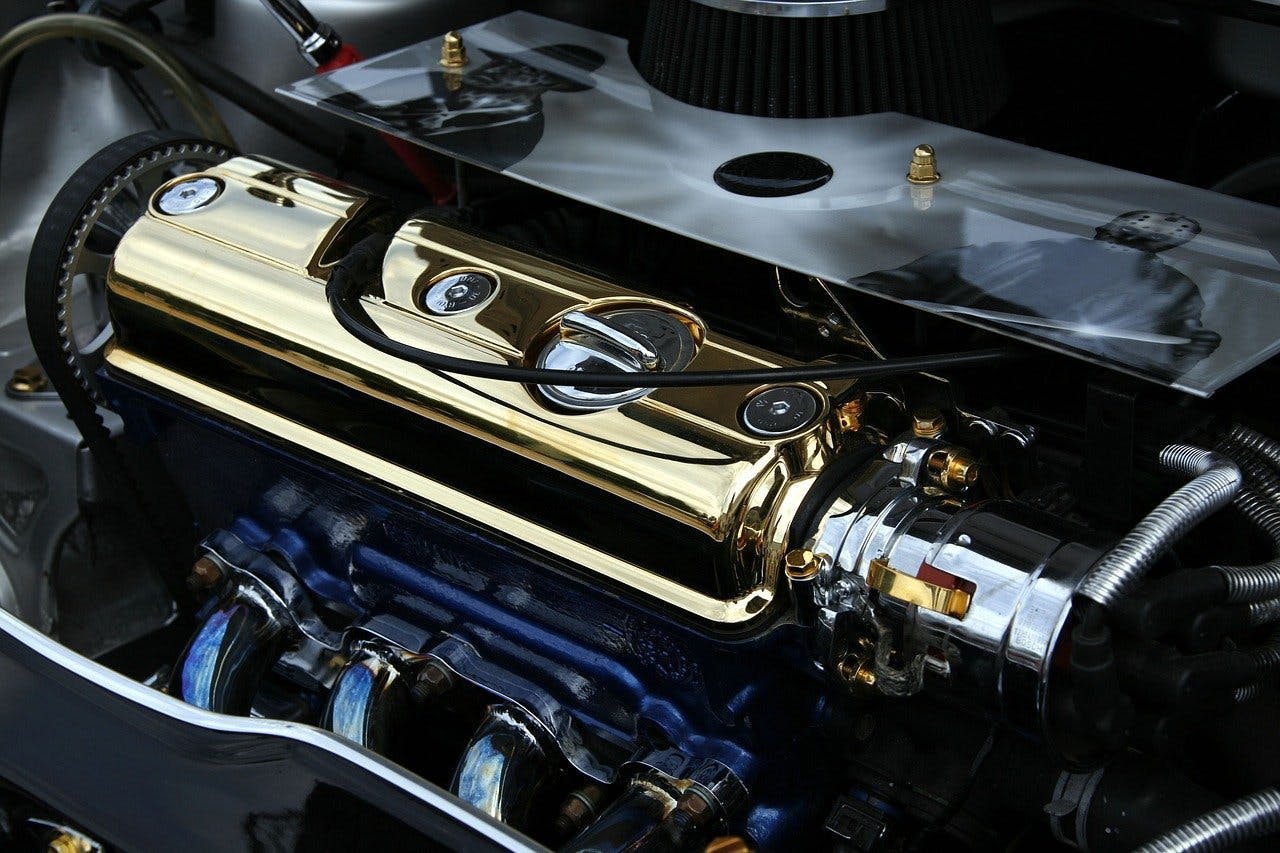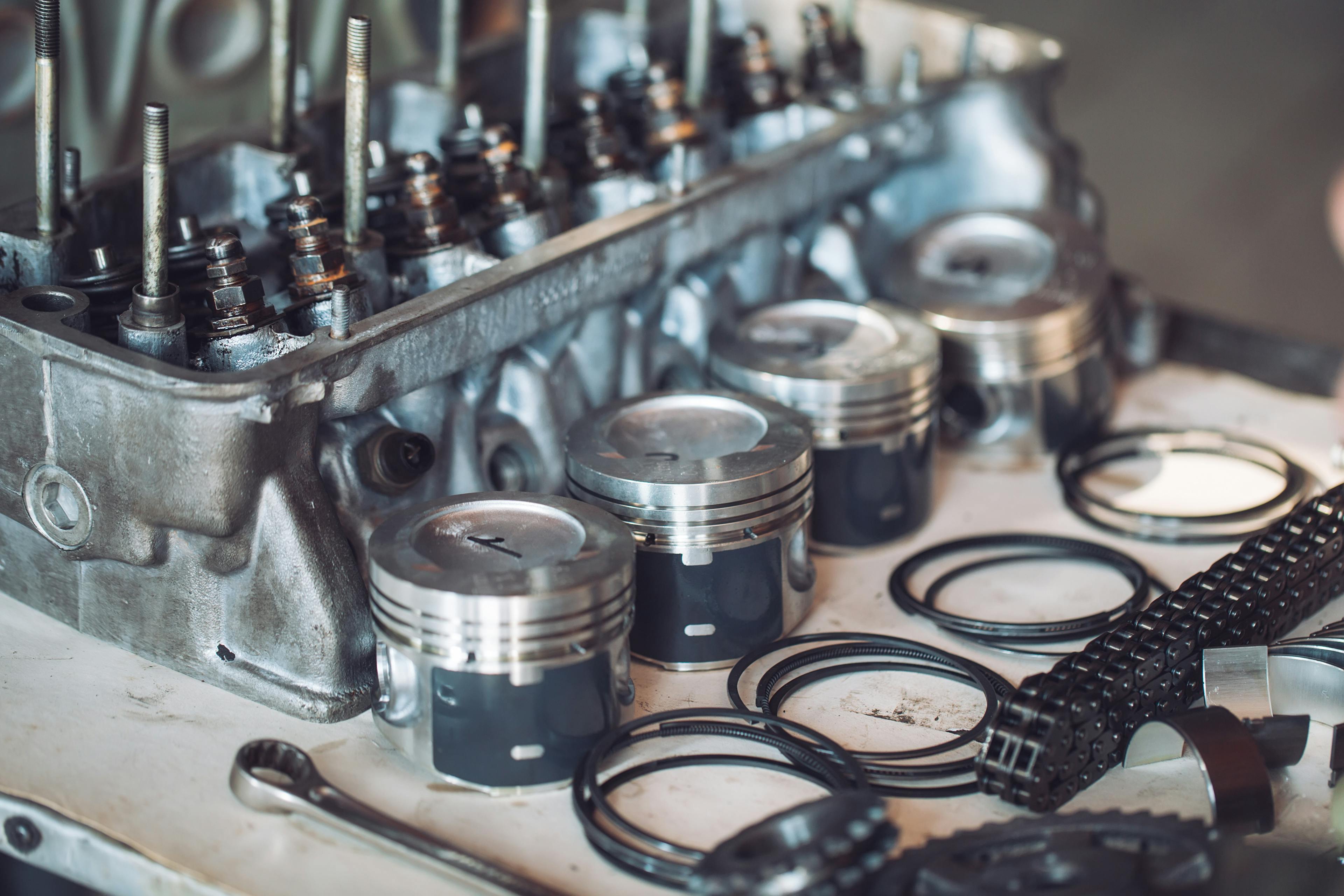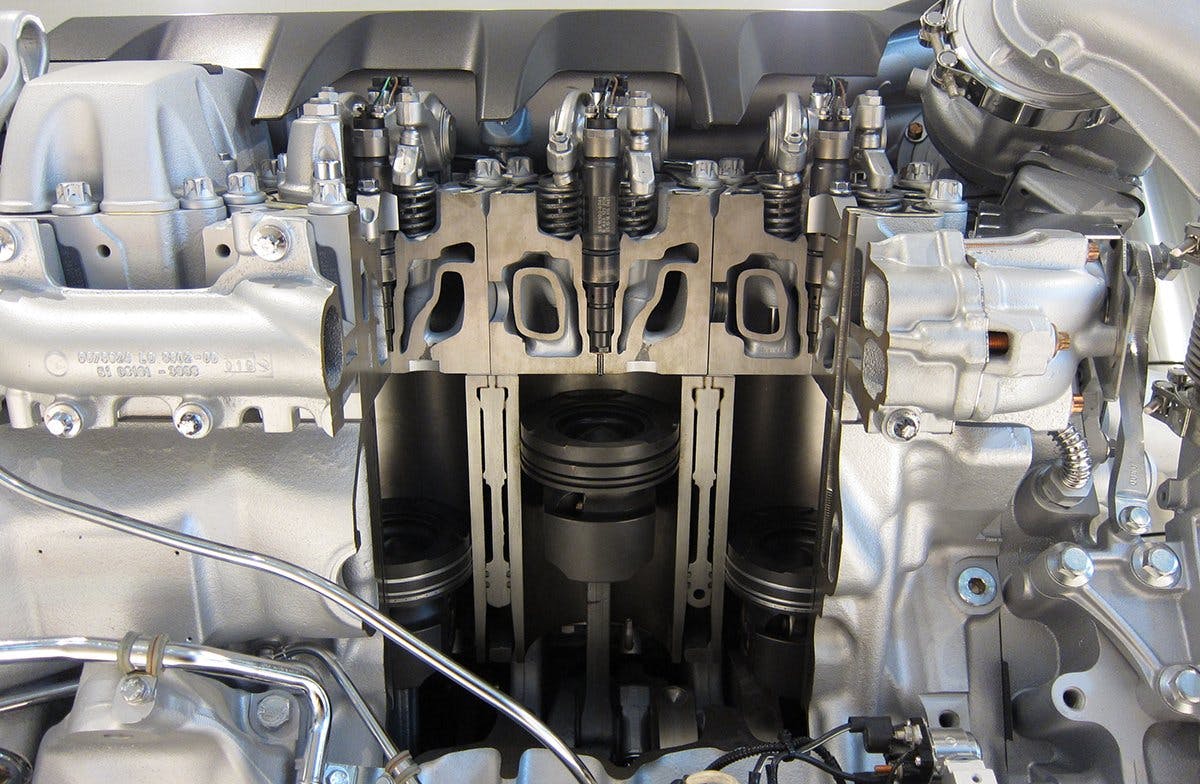Naturally aspirated engine: What are its pros and cons?

A naturally aspirated engine, also called a normally aspirated engine (or NA engine in short), is a piston combustion engine that converts thermal energy into mechanical work. Thermal energy is obtained in the engine by converting fuel into heat through combustion.
When fuel is burned, the temperature and pressure in the engine increase. The increased pressure of the working substance acts on the pistons of the engine, which transform this energy into mechanical work.
Indholdsfortegnelse
How does a naturally aspirated engine work?
A naturally aspirated engine works by opening the intake valves as the piston moves downwards, allowing the piston to draw the required amount of air into its combustion chamber.
A naturally aspirated engine operates at the same atmospheric pressure as where it is currently located, which means it sucks in as much air as its cm3 content when sucked into the cylinder. In other words, a cylinder with a volume of 500 cm3 sucks in only such a volume of air, which it subsequently mixes with fuel, as large as its volume is.

Engine Pistons: How do they work?
In reality, however, exactly 500 cm3 of air will never enter the cylinder, but a little less because part of the space will be filled with fuel and exhaust gases from the previous cycle. We must not forget pumping losses as well.
Volumetric efficiency
The ability of the engine to fill the cylinders with fresh mixture expresses volumetric efficiency. It is the ratio between the amount of mixture sucked into the cylinder, and the theoretical amount of mixture sucked into the cylinder without losses.

Stroke volume: What is it, and what determines it?
In other words, volumetric efficiency is the ratio of the amount of fresh filling that remains in the cylinder when the intake valve is closed and the theoretically possible amount of cylinder filling, corresponding to the cylinder's stroke volume.
The volumetric efficiency of a naturally aspirated engine varies on average from 50% to 90%. At the same time, at certain revolutions, it reaches its maximum, and with a further increase or decrease of revolutions, the filling efficiency of the engine decreases. The engine's volumetric efficiency is also determined by how long the intake valve is open.
Advantages of a naturally aspirated engine
- Technical simplicity – this engine consists of fewer parts that could fail.
- Cheaper maintenance – cheaper spare parts such as spark plugs, oil, and filters, but also the absence of a large number of parts that are an essential part of a supercharged engine
Disadvantages of a naturally aspirated engine
- For higher performance, it is necessary to drive the engine to high speeds, which increases fuel consumption.
- While maintaining the same displacement volume and technologies, the naturally aspirated engine achieves a lower performance than a turbocharged engine.
- With increasing altitude, engine power decreases due to lower air density.